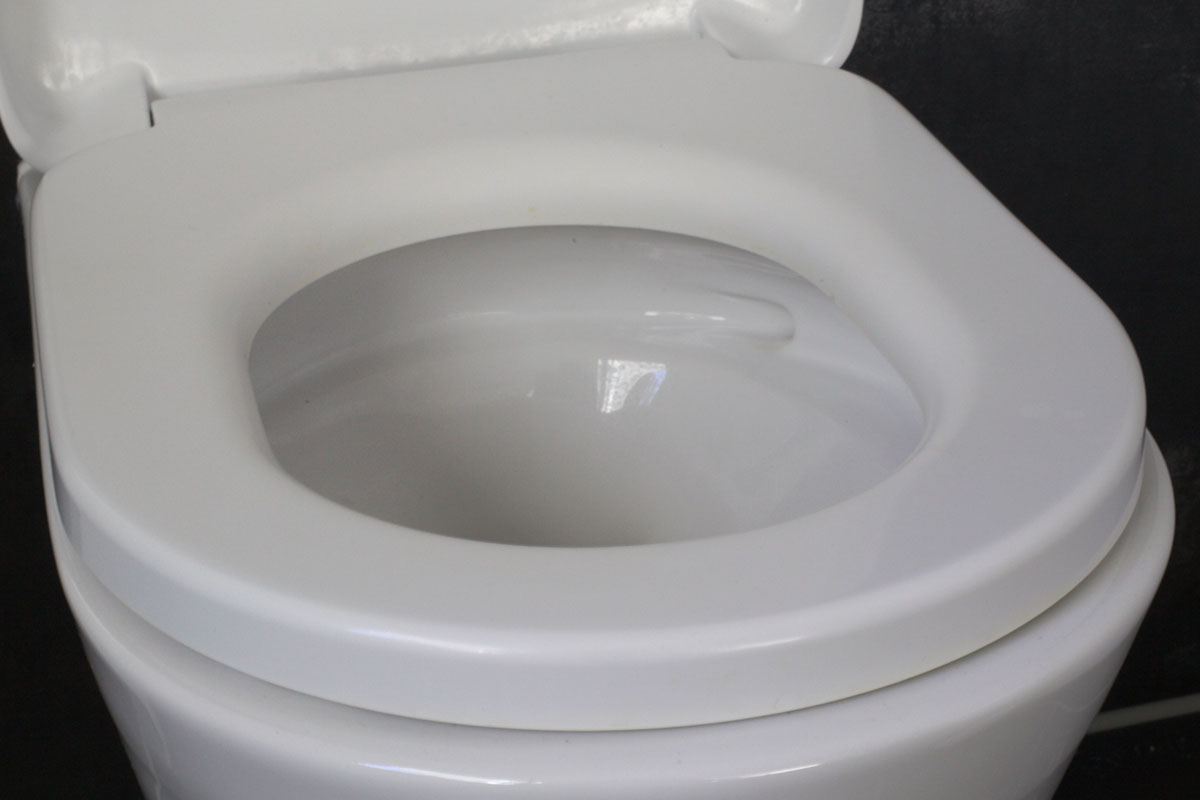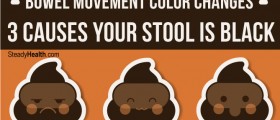It may sound strange, but stool color can tell a lot about the state of the digestive tract and even some things about the rest of the body.
It is not rare for doctors to ask questions to their patients about their bowel movements, frequency, and appearance. Stool color varies depending on the food a person eats and the amount of bile present in it.

Is There a Normal Stool Color?
It is not easy to say what a normal bowel movement really is. There are several criteria to be kept in mind as far as the color is concerned. According to most experts, any shade of brown is considered normal.
This, of course, does not mean that stool must always be brown. Sometimes the color of the stool depends on the food a person ate, so eating a lot of spinach will most likely cause a green stool the next morning.
Other factors that make a normal and healthy bowel movement are consistency similar to toothpaste, sinking, and not floating in the water, some gas, and smooth passing, without straining.
Different Stool Colors and Their Meaning
Light-colored, gray, or pale stool is usually a sign that there is not enough bile in it. This may be caused by abnormalities in bile ducts but also by gallstones, infection with giardia, hepatitis, and cirrhosis.
Frequent yellow stool may be a sign of GERD (acid reflux disease), bacterial infection, low amount of bile, or food passing too quickly through the digestive tract, which causes incomplete absorption of nutrients.
Red color of the stool usually comes from blood. Blood in the stool may be caused by hemorrhoids or bleeding in the rectum. When the blood is bright red, it means it did not oxidize, which suggests that the bleeding occurs in the rectal area, just before the stool is passed. On the other hand, the consumption of foods with red pigment, like beets, may be causing this color in the stool.
Green stool is mostly observed in babies and toddlers. It may indicate excessive bile in the stool. The green color may also indicate the presence of bacteria and poor absorption of certain nutrients, it may be a consequence of certain medications, or it may simply mean a person is eating a lot of green vegetables.
Very dark or black stool indicates bleeding in the gastrointestinal tract, usually in the esophagus or the stomach. The color is dark because by the time the blood comes to the lower intestine, carried by food particles, it has already oxidized, and it is no longer bright red.
In case of frequent stools of unusual colors, it is recommended to see a doctor who will perform the tests to determine what is causing it and what kind of treatment is necessary.
Stool Card
- This preliminary study aims to develop and evaluate a stool card WeChat applet. We collected stools images during 2020 to 2022 in the Department of Gastroenterology and Hepatology in the Second Affiliated Hospital of Harbin Medical University, constructed a stool card applet named the Doctor Friend Primary Screening Stool Card (DFPSSC) and evaluated it.
- Eligible participants were divided into the applet, traditional paper media and control group. We implement a series of tests to evaluate the effectiveness. 20 clinicians and participants using the DFPSSC completed a questionnaire to evaluate the usability. We developed the DFPSSC for an E-learning approach. Of 108 volunteers, 97 completed the DFPSSC learning.
- No significant pretest differences were found among the three groups (P?=?0.303). Applet group had significantly higher posttest scores than pretest scores in intervention (P?0.001, d?=?1.68) and simulation (P?=?0.006) test, and it had higher scores than other two group (P?0.001). 63% participants and 59% clinicians strongly agree or agree to the usability of DFSSC.
- The first major outcome of this study was the development of a stool card WeChat applet for all ages and additional diseases. A patient’s higher knowledge of disease is important and meaningful to improve their compliance. A lack of patient knowledge may lead to misunderstandings of physicians’ decisions, hindering treatment. Regarding the characteristics of stool, through practice and research, we found that patients have little knowledge of them and even ignore them frequently, so they cannot provide accurate information.
- medlineplus.gov/ency/article/003130.htm
- medlineplus.gov/bowelmovement.html
- Photo courtesy of Jeuwre by Wikimedia Commons: commons.wikimedia.org/wiki/File:Toilet_seat_001.jpg

















Your thoughts on this
Loading...